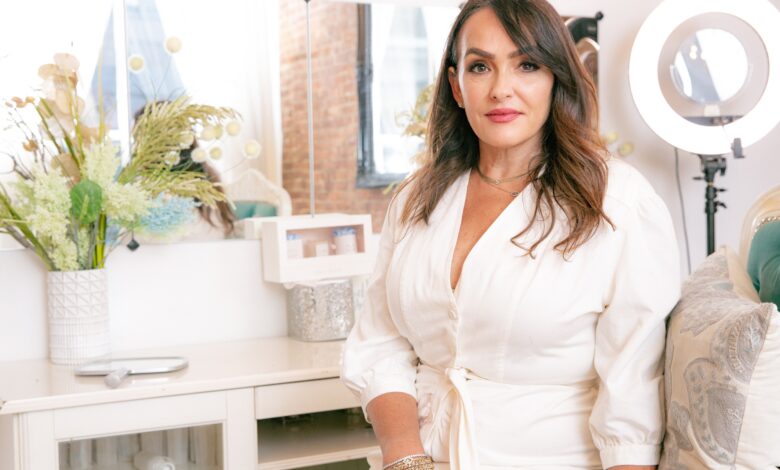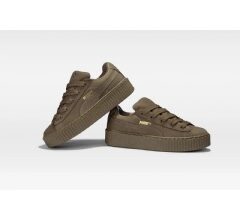How Sania’s Brow Bar Owner Sania Vucetaj Pioneered the Brow Industry

While working at a furniture store, Vucetaj saw a job listing in a magazine for eyebrow waxing at Eliza Eyes, the first dedicated eyebrow shaping salon. “I was like, wait, this is a thing?” she says. “I didn’t even realize it was a thing. I called them up and said, ‘Where do I get my license?’”
Vucetaj attended 10 months of aesthetic school while balancing work and being a mother. She shared her dream of one-day owning her own brow salon and her teachers were incredulous. “They told me for the whole 10 months, ‘You’ll never make it just tweezing. There’s no such thing as brow salons,’” she says.
It didn’t take long for Vucetaj to prove her teachers wrong. Shortly after graduation, she came across another job listing in The New York Times—this time, for a “Brow specialist. Tweezing only.”
After sending in her resume, Vucetaj learned it was for the salon at Bergdorf Goodman, a luxury department store on Manhattan’s Upper East Side. Unaware of its elite status, she got the job. During her time at Bergdorf in the early 2000s, she encountered New York’s upper echelon. Most had never gotten their eyebrows done before, and certainly hadn’t seen Vucetaj’s grooming style: tweezer-only, with full brows and natural-looking hairs.
“People would ask, ‘Why fuller?’” she says. “But the trend was never thin. That’s where people misunderstand. There was no reason or rhyme behind brows. They would just get them waxed.”
Instead, Vucetaj pointed to international beauty pageants and the brows of Eastern European and South American women. “Beauty pageants were big then,” she says. “I’d say, ‘Look, Eastern European women and South American women are known to be so gorgeous and glamorous. It’s the brows!’ The American women had these skinny brows and they wouldn’t stand out.”
Since Vucetaj was the store’s first brow specialist, she had no space to work with clients. Instead, she was instructed to walk around the floor and offer her services to people getting manicures and pedicures. “Sometimes I’d get a bite,” she says. “I had Michael Bloomberg walking by. Kathie Lee Gifford would walk by. They would say, ‘Wait, what is this?’ And they’d watch the results out in the open.”
Soon, magazines started calling Vucetaj for interviews. She developed great relationships with editors like Allure founding-editor Linda Wells, Cosmopolitan editor-in-chief Kate White, O, The Oprah Magazine beauty director Val Monroe, and Lucky editor-in-chief Eva Chen.
Two and a half years into the job at Bergdorf, Vucetaj was thriving. Brands were pushing products at her, in hopes she would use them on clients. Despite her success, she constantly found herself in a Goldilocks situation when it came to products.
“I would try everything they had, and I didn’t like anything,” she says. “Pencils would outline the brows, but you couldn’t fill the inside. I would have to use a powder, but it wouldn’t outline. Then the pencil color was another issue, because shades would be too red, too brown, too black.”
Most people at the peak of success would prefer to sit tight and reap the benefits. But Vucetaj was a founder at heart. She knew she had to leave to create the product she needed.

